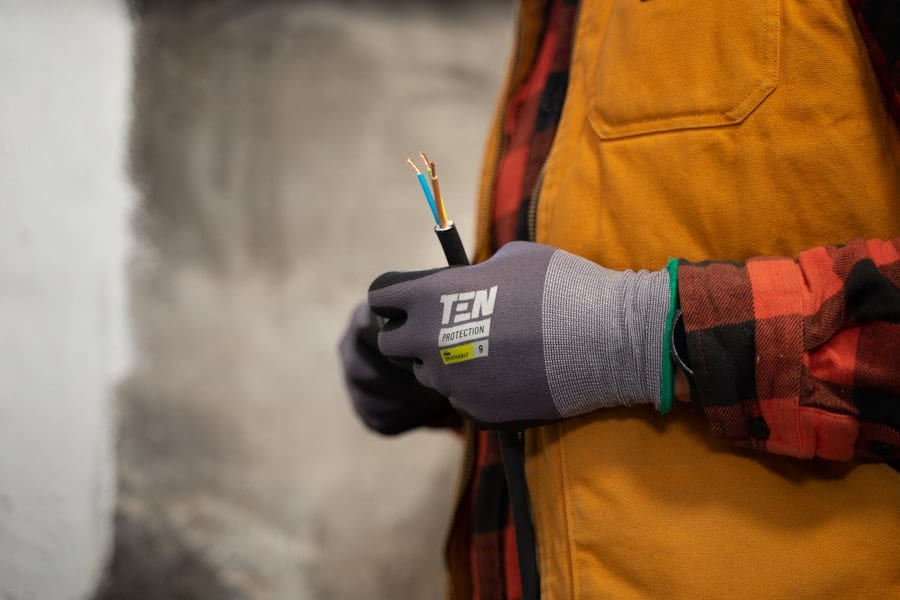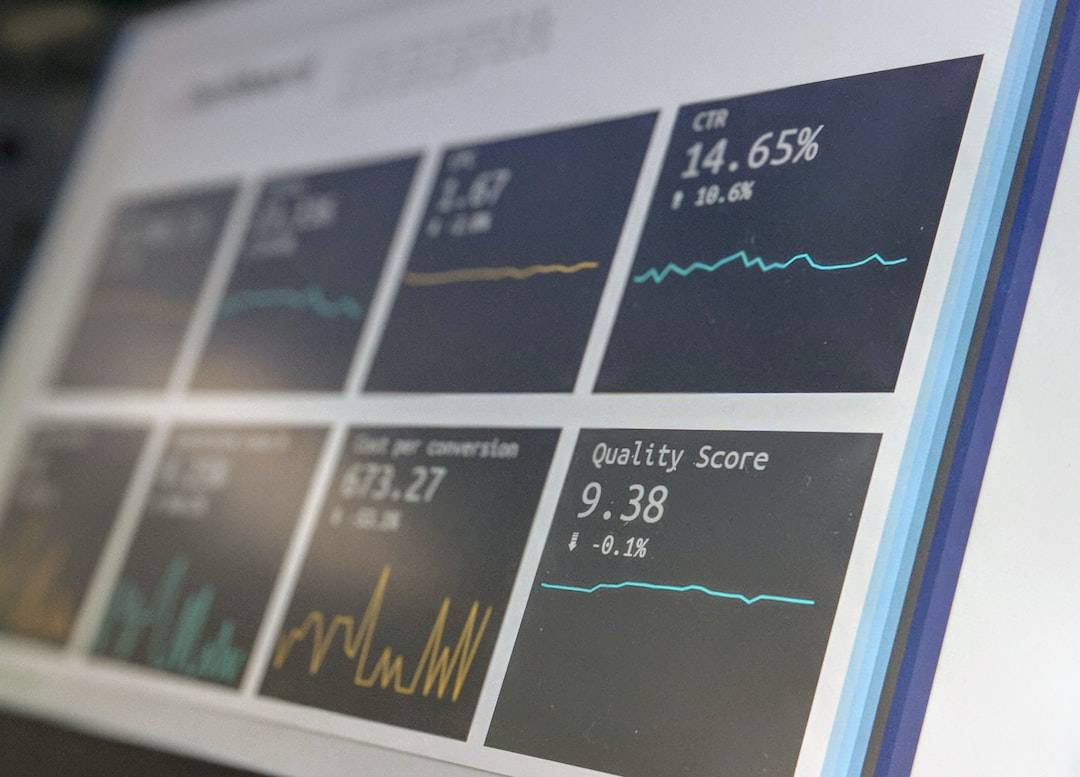Global Vectors for Word Representation (GloVe) is an unsupervised learning algorithm that creates vector representations of words. These vectors capture semantic meanings and relationships between words in a continuous vector space. Developed by researchers at Stanford University, GloVe has become widely used in natural language processing (NLP) and artificial intelligence (AI) due to its effectiveness in representing word meanings and contextual usage.
GloVe operates on the principle that word meanings can be derived from co-occurrence statistics within large text corpora. By analyzing the frequency of word pairs appearing together, GloVe learns semantic relationships between words and represents them as vectors in a high-dimensional space. These word vectors are applicable to various NLP tasks, including sentiment analysis, machine translation, and named entity recognition.
The ability of GloVe to represent words as vectors in a continuous space has significantly advanced the field of AI and NLP, improving how words are processed and understood in these applications.
Key Takeaways
- GloVe is a word embedding model that represents words as vectors in a continuous vector space.
- GloVe works by leveraging global word-word co-occurrence statistics to capture the semantic meaning of words.
- GloVe has various applications in natural language processing and AI, including sentiment analysis, machine translation, and named entity recognition.
- Training and implementing GloVe involves preprocessing text data, defining the model parameters, and optimizing the model using gradient descent.
- Evaluating GloVe involves measuring its performance on tasks such as word similarity, analogy completion, and text classification.
- Advantages of GloVe include its ability to capture semantic relationships between words, while limitations include the need for large training datasets.
- Future developments in GloVe may lead to improved word representations and enhanced performance in AI and NLP tasks.
The Science Behind GloVe: How Global Vectors for Word Representation Works
GloVe operates by constructing a co-occurrence matrix from a large corpus of text, where each element in the matrix represents the number of times a word appears in the context of another word within a specified window size. This co-occurrence matrix is then used to compute the probability of observing a word pair together, which forms the basis for learning the word vectors. The key insight behind GloVe is that the ratio of the co-occurrence probabilities of two words can capture their semantic relationship, as words with similar meanings tend to co-occur with similar words.
To learn the word vectors, GloVe uses a global optimization objective that aims to minimize the difference between the dot product of word vectors and the logarithm of their co-occurrence probabilities. This objective function allows GloVe to learn word vectors that effectively capture the semantic relationships between words while also preserving their linear structure in the vector space. As a result, words with similar meanings are represented by vectors that are close together in the vector space, enabling semantic relationships to be captured and utilized for various NLP tasks.
Applications of GloVe in Natural Language Processing and AI

GloVe has found widespread applications in various NLP and AI tasks due to its ability to capture the semantic meaning of words and their relationships. One of the key applications of GloVe is in sentiment analysis, where it is used to analyze and classify the sentiment expressed in text data. By leveraging the semantic relationships captured by GloVe word vectors, sentiment analysis models can better understand the nuanced meanings of words and accurately classify the sentiment expressed in text.
Another important application of GloVe is in machine translation, where it is used to improve the quality and accuracy of translated text. By representing words as vectors in a continuous space, GloVe enables machine translation models to better understand the meaning of words and their contextual usage, leading to more accurate translations. Additionally, GloVe is also used in named entity recognition, where it helps identify and classify named entities such as names of people, organizations, and locations in text data.
Training and Implementing GloVe: A Step-by-Step Guide
| Step | Description |
|---|---|
| Step 1 | Download the GloVe source code from the official repository |
| Step 2 | Prepare the corpus or dataset for training |
| Step 3 | Compile the GloVe source code using make |
| Step 4 | Train the GloVe model using the prepared corpus |
| Step 5 | Evaluate the trained model using word similarity tasks |
| Step 6 | Implement the trained GloVe model in NLP applications |
Training and implementing GloVe involves several key steps, starting with the collection of a large corpus of text data from which word vectors will be learned. Once the corpus is collected, a co-occurrence matrix is constructed based on the frequency of word pairs appearing together within a specified window size. This co-occurrence matrix forms the basis for learning the word vectors using the global optimization objective employed by GloVe.
After learning the word vectors, they can be utilized in various NLP and AI tasks such as sentiment analysis, machine translation, and named entity recognition. Implementing GloVe in these tasks involves using the learned word vectors as input features for training machine learning models or as part of larger neural network architectures. Additionally, pre-trained GloVe word vectors are also available for direct use in NLP applications, saving time and computational resources required for training word vectors from scratch.
Evaluating GloVe: Measuring the Performance of Global Vectors for Word Representation
The performance of GloVe word vectors can be evaluated using various metrics such as cosine similarity, analogy tasks, and word similarity tasks. Cosine similarity measures the similarity between two word vectors by computing the cosine of the angle between them, with higher values indicating greater similarity. Analogy tasks involve solving analogies such as “king – man + woman = queen” using word vectors, where accurate solutions demonstrate the semantic relationships captured by the word vectors.
Word similarity tasks involve comparing the similarity between pairs of words using their respective word vectors, with higher similarity scores indicating greater semantic similarity. By evaluating GloVe word vectors using these metrics, researchers and practitioners can assess their performance and suitability for specific NLP and AI tasks. Additionally, qualitative evaluation through visualizations of word vectors in a vector space can provide insights into the semantic relationships captured by GloVe.
Advantages and Limitations of GloVe in AI and NLP

GloVe offers several advantages in AI and NLP applications, including its ability to capture semantic relationships between words and represent them in a continuous vector space. This enables more accurate and nuanced processing of text data, leading to improved performance in various NLP tasks such as sentiment analysis, machine translation, and named entity recognition. Additionally, pre-trained GloVe word vectors are readily available for direct use in NLP applications, saving time and computational resources required for training word vectors from scratch.
However, GloVe also has limitations that need to be considered when applying it in AI and NLP tasks. One limitation is that GloVe relies on co-occurrence statistics from a large corpus of text, which may not capture all aspects of word meaning and usage. Additionally, GloVe may struggle with capturing polysemy, where a single word has multiple meanings depending on context, leading to potential ambiguity in word representations.
Despite these limitations, GloVe remains a powerful tool for capturing semantic meaning in text data and has been widely adopted in AI and NLP research and applications.
Future Developments and Innovations in GloVe: The Potential Impact on AI and NLP
The future developments and innovations in GloVe are expected to have a significant impact on AI and NLP research and applications. One area of potential development is in improving the ability of GloVe to capture polysemy and handle ambiguous word meanings more effectively. This could involve incorporating contextual information into word representations or developing more sophisticated algorithms for learning word vectors.
Another area of innovation is in leveraging GloVe for more advanced NLP tasks such as document summarization, question answering, and dialogue systems. By utilizing the semantic relationships captured by GloVe word vectors, these tasks can benefit from more nuanced understanding of text data and improved performance. Additionally, advancements in training techniques and model architectures could further enhance the capabilities of GloVe for capturing complex semantic relationships in text data.
In conclusion, Global Vectors for Word Representation (GloVe) has revolutionized the field of natural language processing (NLP) and artificial intelligence (AI) by providing an effective means of capturing semantic meaning in text data. With its ability to represent words as vectors in a continuous space based on co-occurrence statistics, GloVe has found widespread applications in sentiment analysis, machine translation, named entity recognition, and other NLP tasks. While it offers several advantages such as capturing semantic relationships between words, it also has limitations related to polysemy and ambiguity in word representations.
However, future developments and innovations in GloVe are expected to further enhance its impact on AI and NLP research and applications, paving the way for more advanced language understanding capabilities.
If you’re interested in learning more about artificial intelligence and its applications, check out this article on artificial intelligence (AI). It discusses how AI is revolutionizing various industries and the potential impact it could have on our daily lives. GloVe, a popular word embedding model, is just one example of how AI is being used to process and understand language.
FAQs
What is GloVe?
GloVe, which stands for Global Vectors for Word Representation, is an unsupervised learning algorithm for obtaining vector representations for words. It was developed by Stanford University researchers and is widely used for natural language processing tasks.
How does GloVe work?
GloVe works by learning word vectors based on global word-word co-occurrence statistics from a corpus of text. It uses the overall word co-occurrence statistics to capture the semantic meaning of words and their relationships with other words in the corpus.
What are the applications of GloVe?
GloVe word vectors are used in various natural language processing applications, including sentiment analysis, machine translation, named entity recognition, and document classification. They are also used in recommendation systems and information retrieval tasks.
How does GloVe compare to other word embedding methods?
GloVe is known for its ability to capture global word co-occurrence statistics, which allows it to effectively represent the semantic relationships between words. This sets it apart from other word embedding methods like Word2Vec and FastText, which focus on local context and subword information.
Is GloVe freely available for use?
Yes, GloVe is freely available for non-commercial use. The pre-trained word vectors and the source code for training new word vectors are available for download from the official GloVe website. However, commercial use may require permission from the original authors.











Leave a Reply